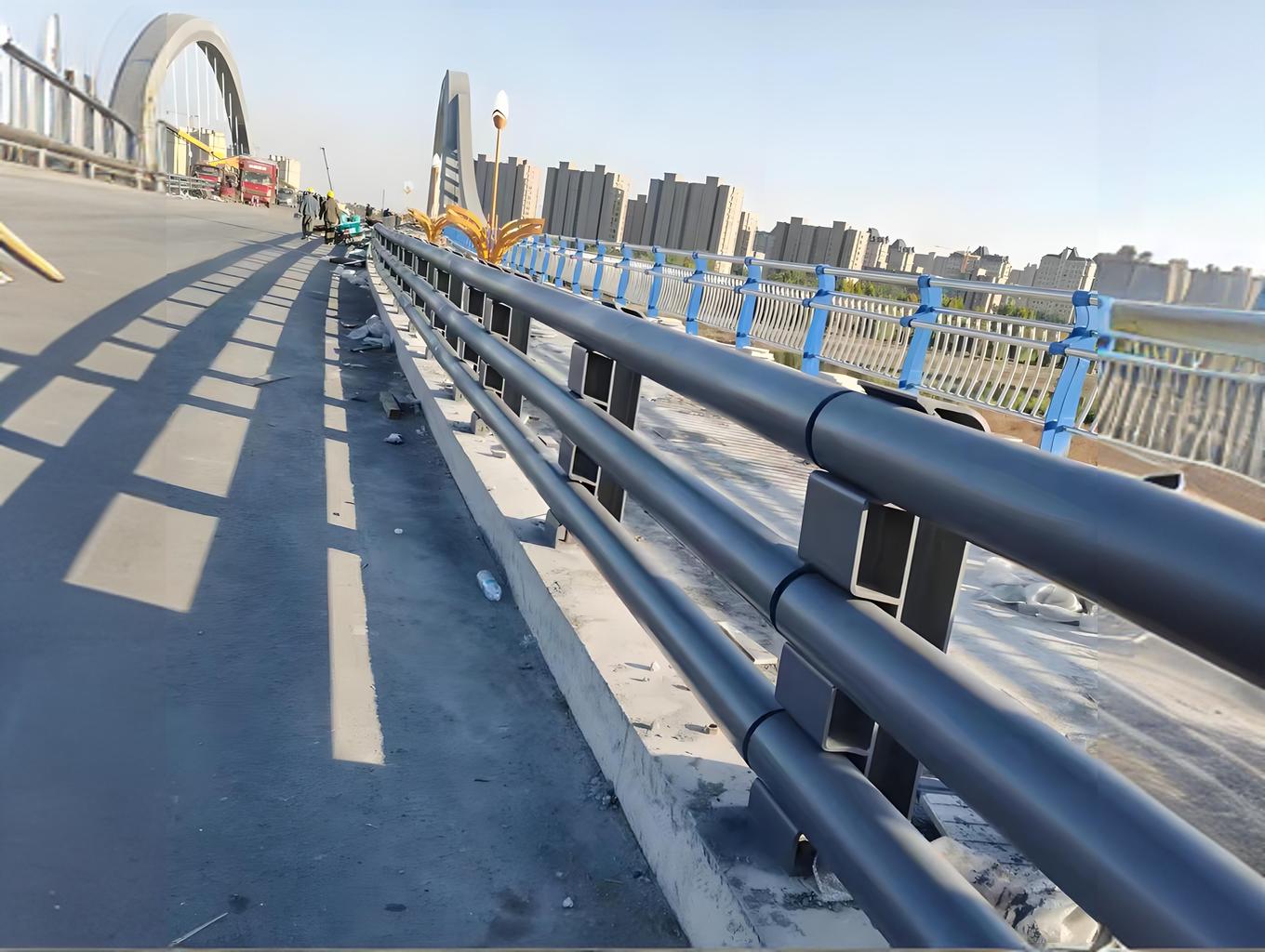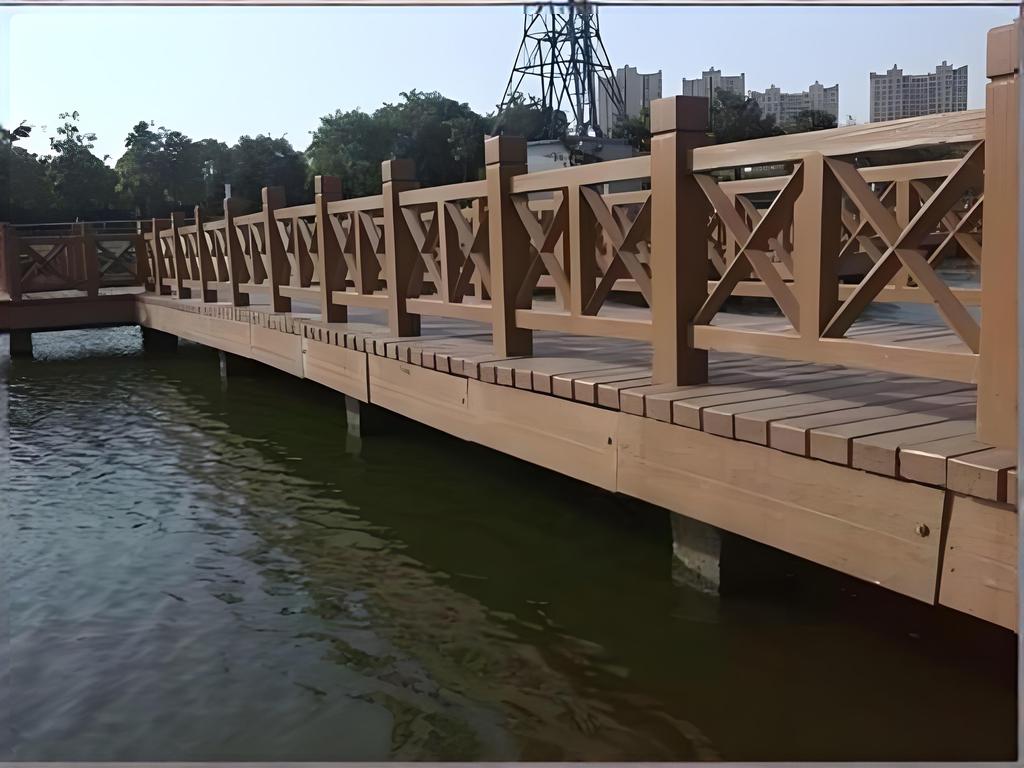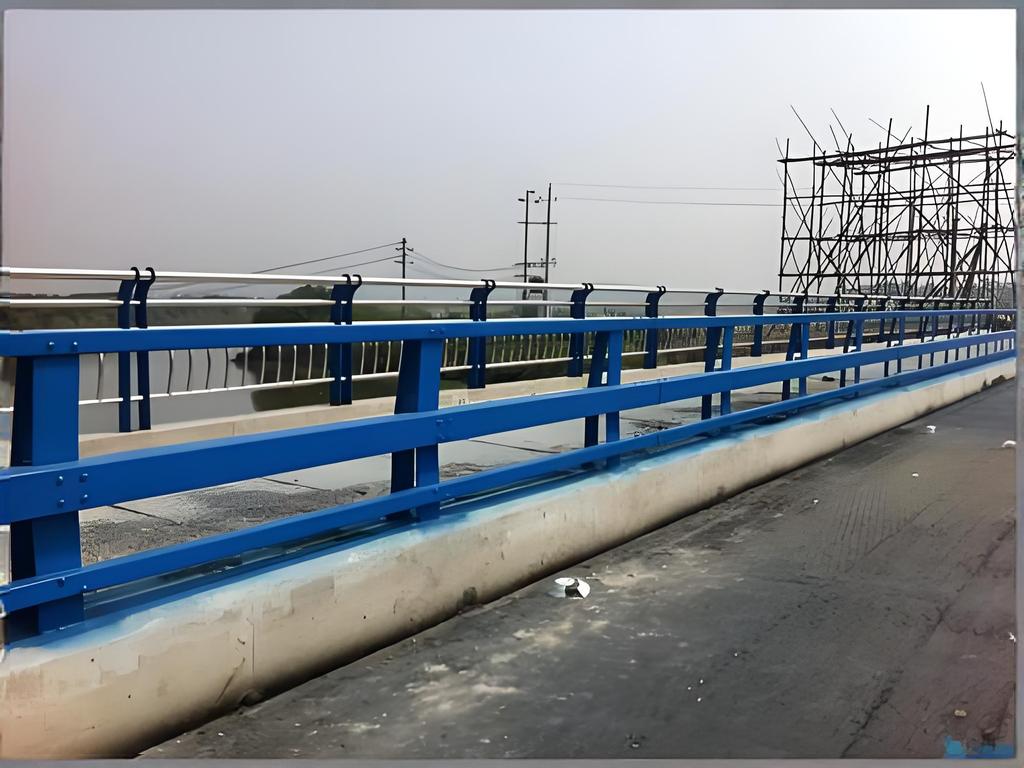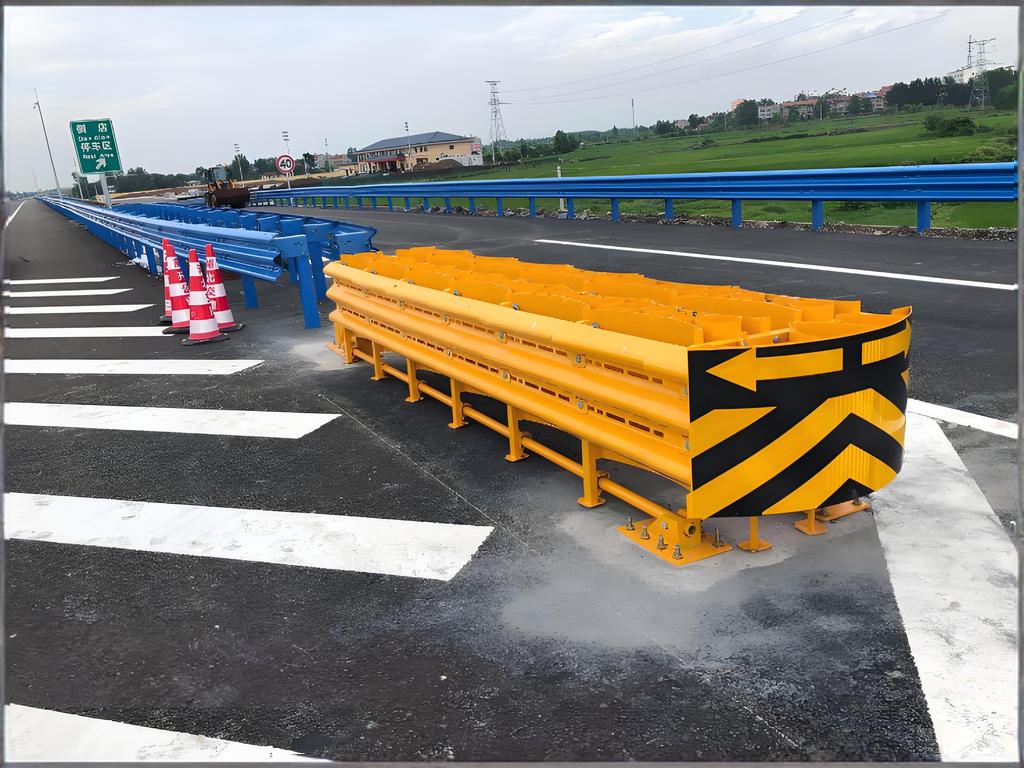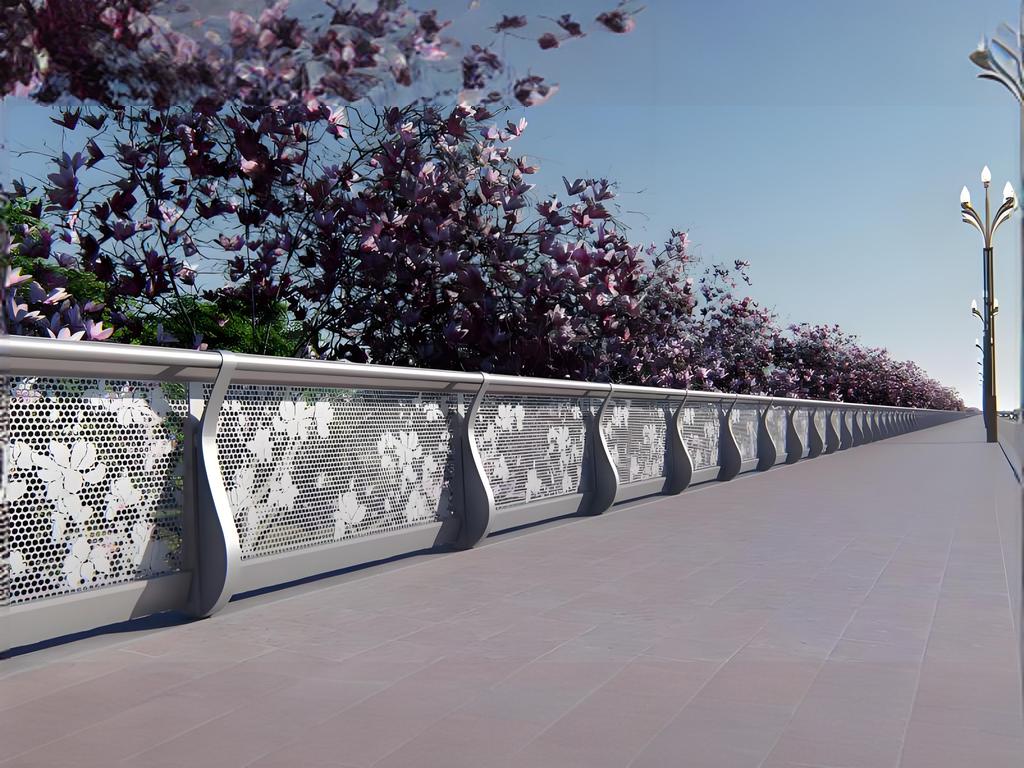In the vast tapestry of our urban and rural landscapes, bridges stand as testaments to human ingenuity and the relentless pursuit of progress. They connect us across rivers, valleys, and even oceans, fostering trade, communication, and a sense of community. Yet, amidst this grandeur, an often overlooked yet crucial element ensures the safety of millions of travelers daily: bridge railings. Today, let’s delve into the world of bridge railings, exploring their evolution, functionality, and their role in enhancing safety and aesthetics.
The Evolution of Bridge Railings
Bridge railings have come a long way from their rudimentary beginnings. Early bridges, constructed for basic transportation needs, often featured simple wooden or stone barriers that served as basic safeguards against accidental falls. Over time, as engineering knowledge advanced and safety standards evolved, so did the design and construction of bridge railings.
Modern bridge railings are now crafted with precision and engineered to withstand extreme weather conditions, vehicle impacts, and even intentional tampering. Materials like steel, aluminum, and concrete reinforced with high-tensile fibers have become the norm, offering unparalleled strength and durability.
1. Functionality: Safety First
At their core, bridge railings serve a vital safety function. They are designed to prevent vehicles and pedestrians from accidentally falling off the bridge, minimizing the risk of serious injury or even fatalities. The height, strength, and design of these railings are rigorously tested and comply with international safety standards, ensuring that they can withstand the forces exerted during a collision or under extreme weather conditions.
Moreover, bridge railings often incorporate safety features such as reflective markings, crash cushions, and even energy-absorbing barriers to further mitigate the impact of accidents. These innovative designs not only protect against falls but also reduce the severity of collisions, making our bridges safer for all users.
2. Aesthetics: Blending Form and Function
While safety remains paramount, modern bridge railings also prioritize aesthetics. They are now designed to complement the bridge’s architecture, enhancing its overall visual appeal and contributing to the character of the surrounding landscape. From sleek, minimalist designs to ornate, decorative patterns, bridge railings come in a variety of styles that reflect the unique identity of the communities they serve.
Incorporating elements of local culture, history, or even environmental considerations, these railings can become iconic landmarks themselves, drawing visitors and inspiring pride in the communities they bridge.
3. Sustainability and Innovation
As we continue to build for the future, sustainability is a growing concern in the design and construction of bridge railings. Engineers and designers are now exploring eco-friendly materials, such as recycled metals and low-maintenance composites, that can reduce the environmental footprint of bridge infrastructure.
Furthermore, advancements in technology, including the use of 3D modeling and simulation software, enable the creation of more efficient and cost-effective railing designs. These tools help optimize safety, durability, and aesthetics, ensuring that every aspect of the bridge railing is meticulously planned and executed.
Conclusion
Bridge railings are more than just barriers; they are essential components of our modern infrastructure, safeguarding travelers and enhancing the beauty of our surroundings. As we look towards the future, the evolution of bridge railings will continue to be shaped by advancements in engineering, technology, and sustainability. By combining safety, functionality, and aesthetics, we can create bridge railings that not only protect but also inspire and connect us across vast distances.
Post time: Aug-14-2024

